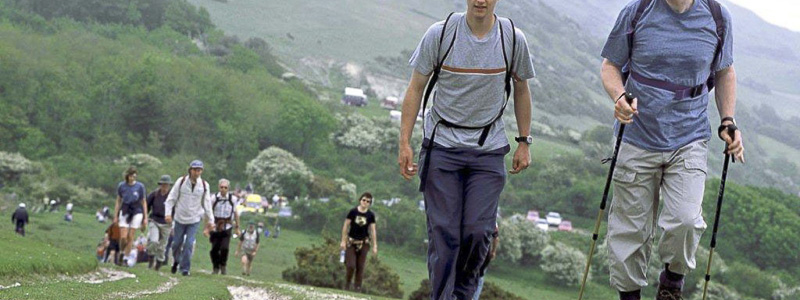In this edition of the Outdoor Recreation Network journal we explore recreational cycling. We have brought together a range of articles that describe how many organisations have supported cycling activities through funding and creating off-road infrastructure and facilities, along with articles by researchers and policy makers to explore the opportunities, challenges and risks.
There is general agreement from contributors to the journal that recreational cycling has become more popular in recent years. Evidence from across the UK is summarised by Vicky Wilson, who also provides us with information about who cycles, where they go, the types of cycling and why people choose to cycle.
We have articles that describe the benefits to health and well-being and how it supports the local economy. Mark Allum tells us how the Yorkshire Dales National Park has supported cycling, building on the enthusiasm generated by the Tour de France, and notes that for some businesses cyclists are a critical part of their turnover. Hannah Arndt describes Wales as a world class cycling destination with fantastic infrastructure; and in Scotland Bridgette Finton demonstrates the importance of mountain biking and the how Developing Mountain Biking in Scotland is an initiative to develop sustainable cycling activity.
So is everything rosy? Is the demand for cycling being met and its potential to deliver benefits to health and well-being and the local economy fulfilled? Or is there more to be done?
From editing this journal, and reading through all of the articles provided I’d say that the one thing all authors have in common is that they consider cycling to be at the beginning of a journey. There are still challenges and plenty more that could be done. Our final article from David Buchan, Director for Bike4Health observes that we have a way to go to reach anywhere near the level of cycling experienced across our neighbouring cycling nations in Europe.
I think it is fair to say that ambitions to increase recreational cycling have grown as the benefits to well-being and the significant contribution to economic growth have been recognised. And as cycling has become more popular cyclists have become more sophisticated in their needs with more demands for networks suitable for different types of activity, for example the family orientated off-road experience, the off-road challenges; the longer touring routes and quieter roads and good quality safe routes for everyday journeys and for exercise.
The articles include many suggestions for meeting these challenges and ways to reap the benefits from recreational cycling: these include creating more facilities and infrastructure to meet current and future demand; extending the network of routes – in England and Wales Colin Palmer suggests making all Public Rights of Way available for cycling; sharing more information and promotion; and exploring ways to address and minimise impacts and risks, weighing these up against the benefits of cycling. There is also a proposal to spread the benefits of cycling, which has tended to be a male dominated activity, by encouraging wider participation by women and children.
Making this happen will rely of the various types of cyclists working together with those prepared to provide routes, tourism destinations, politicians, funders and decision makers. More than anything I believe we need to share innovative, self-funding and income generating ideas to support the growth of recreational cycling and the benefits this will deliver.
Wendy Thompson
Manager, South Mercia, Natural England
